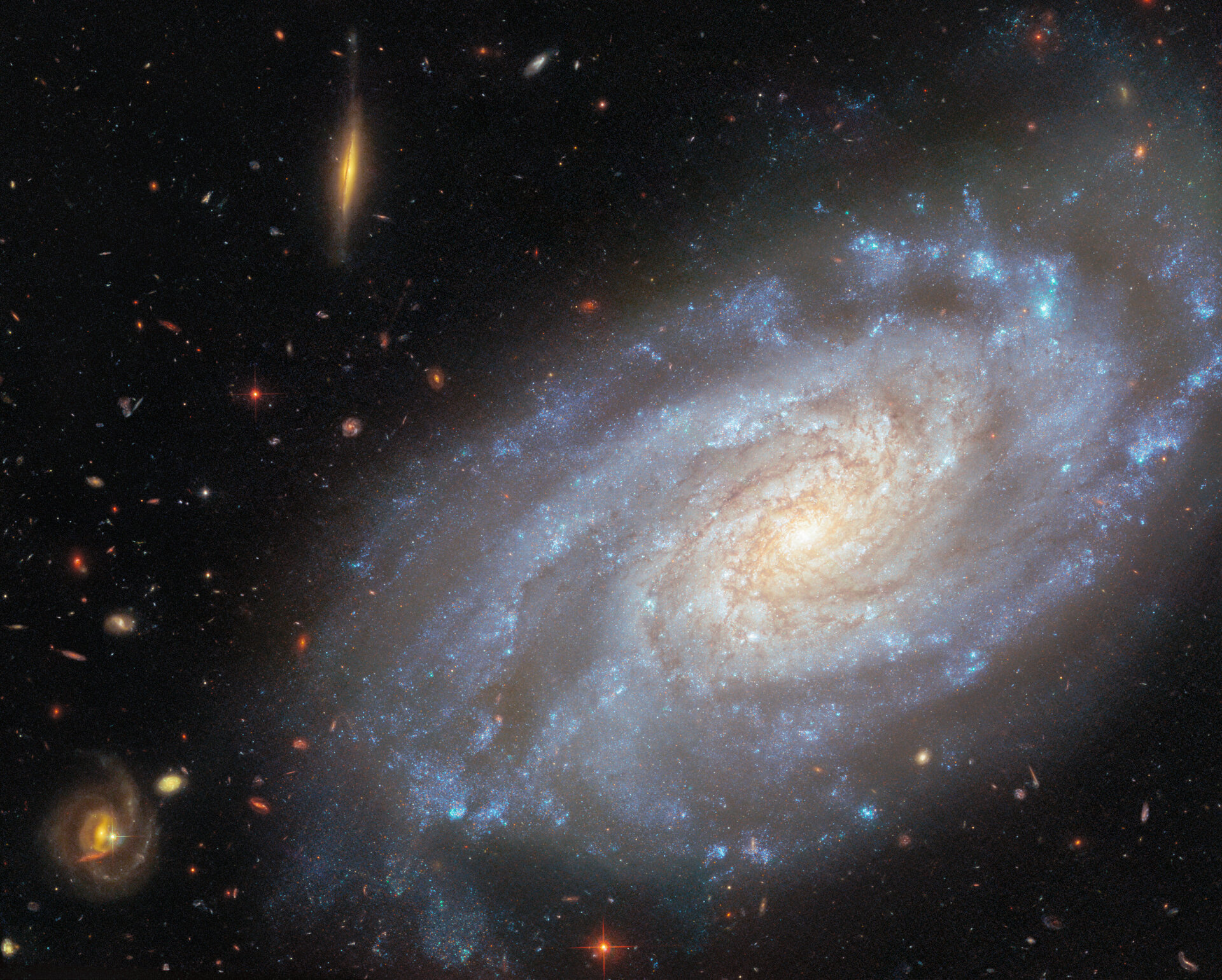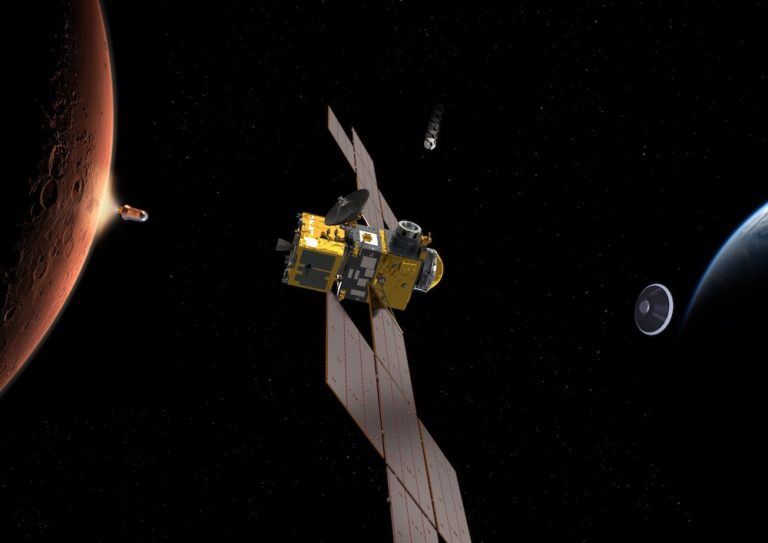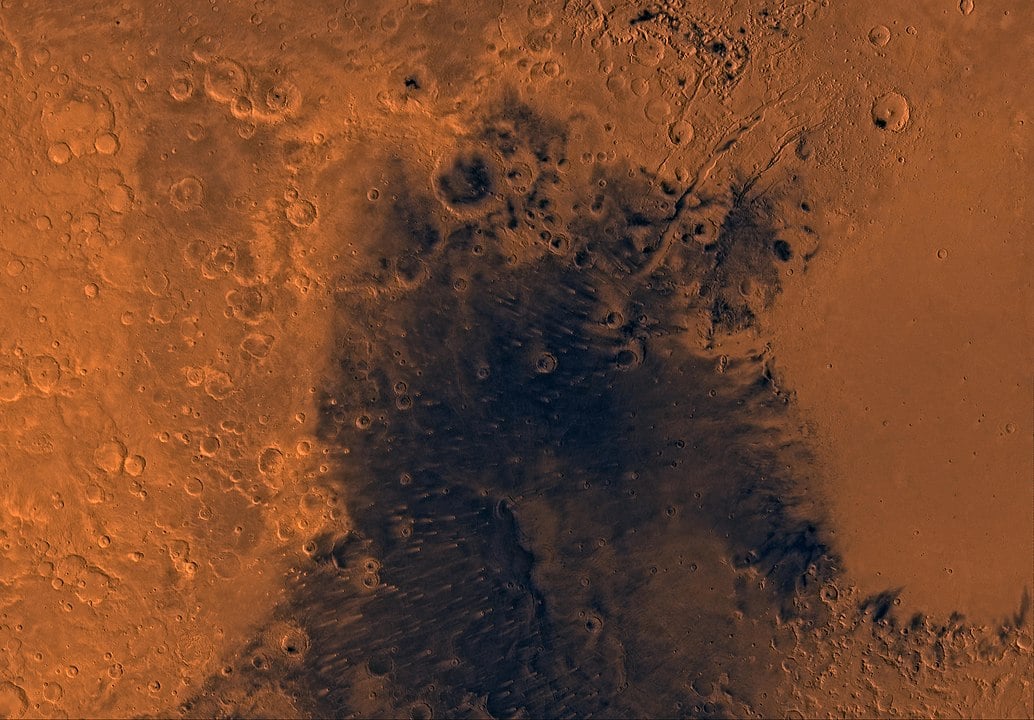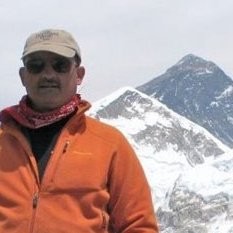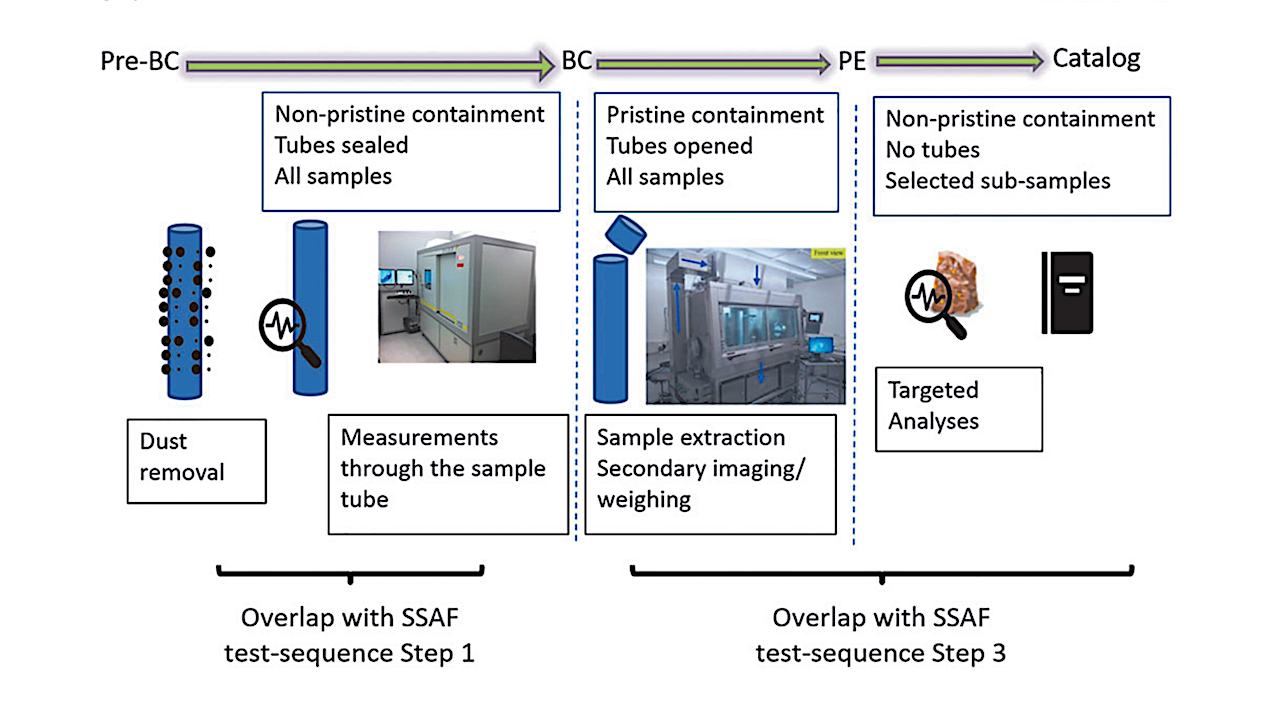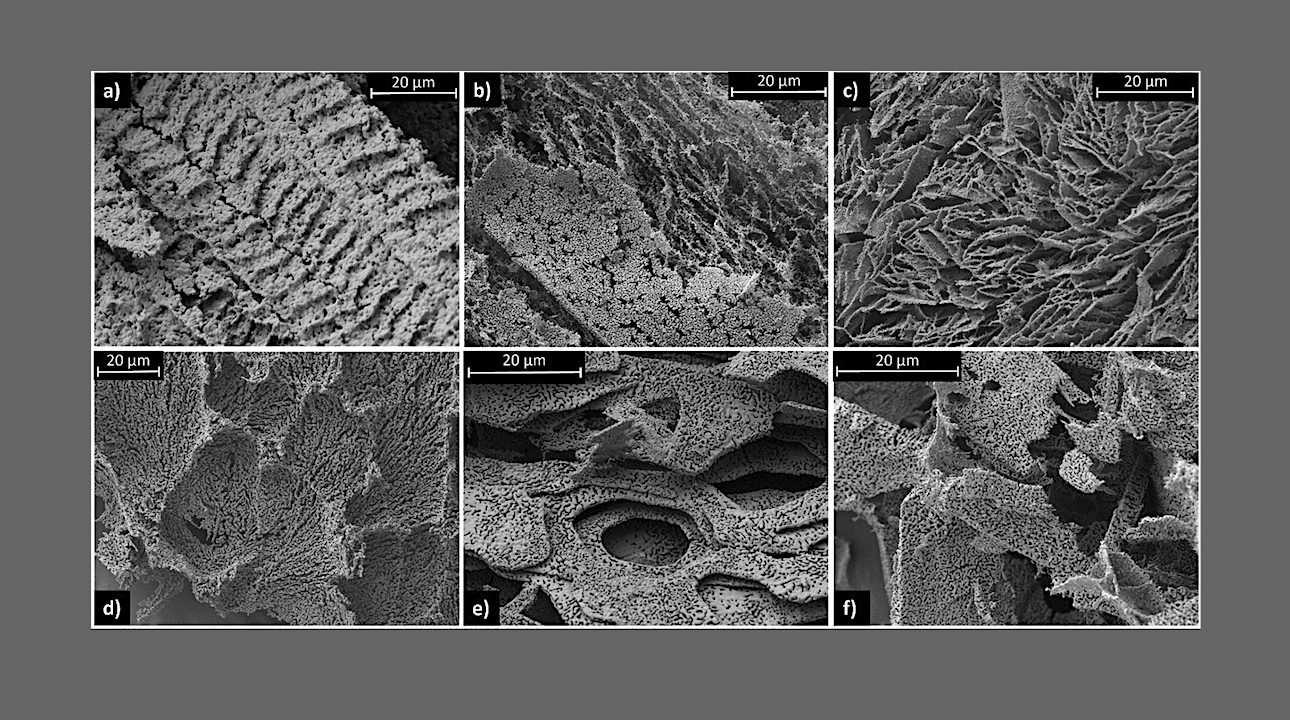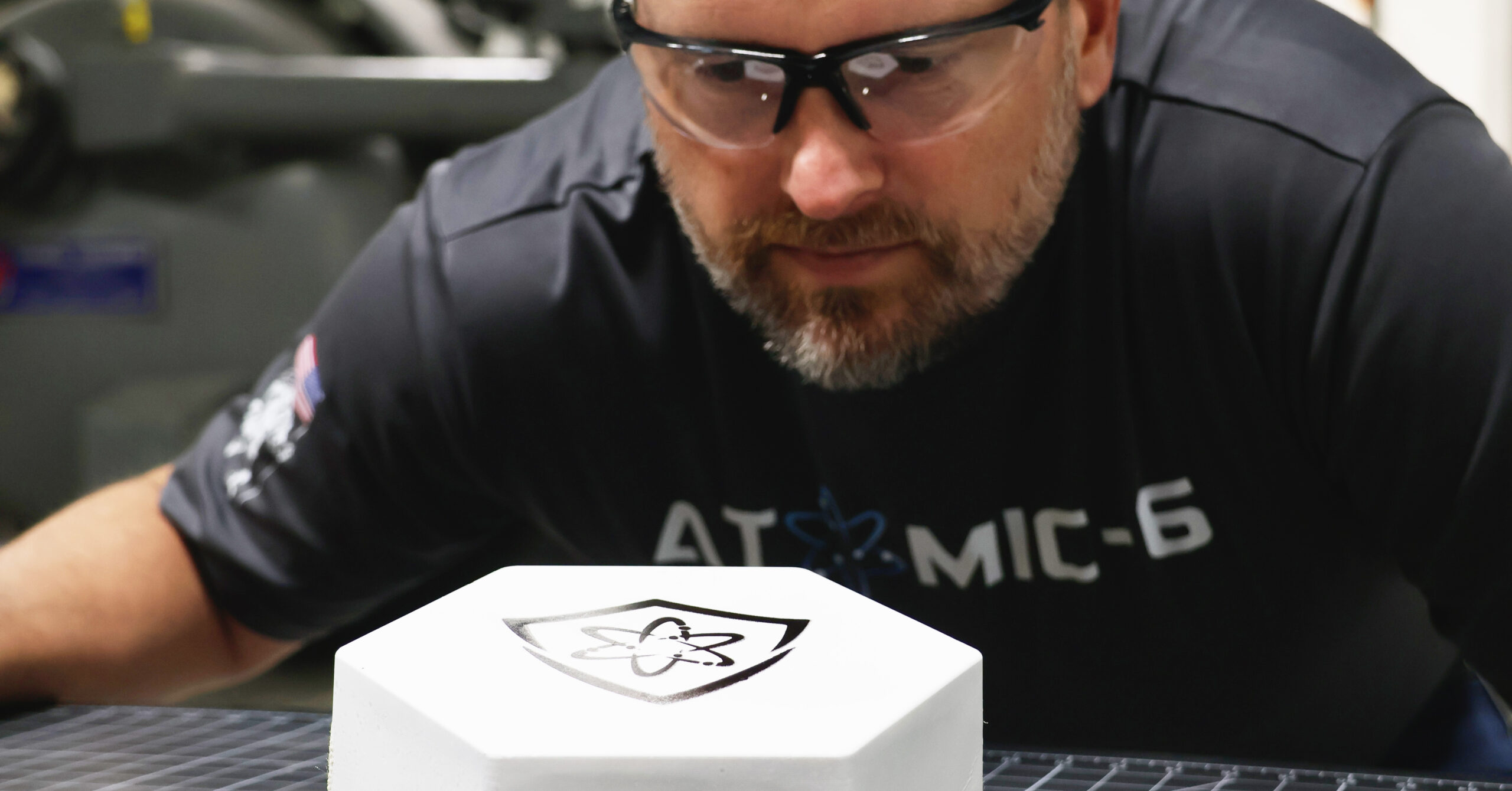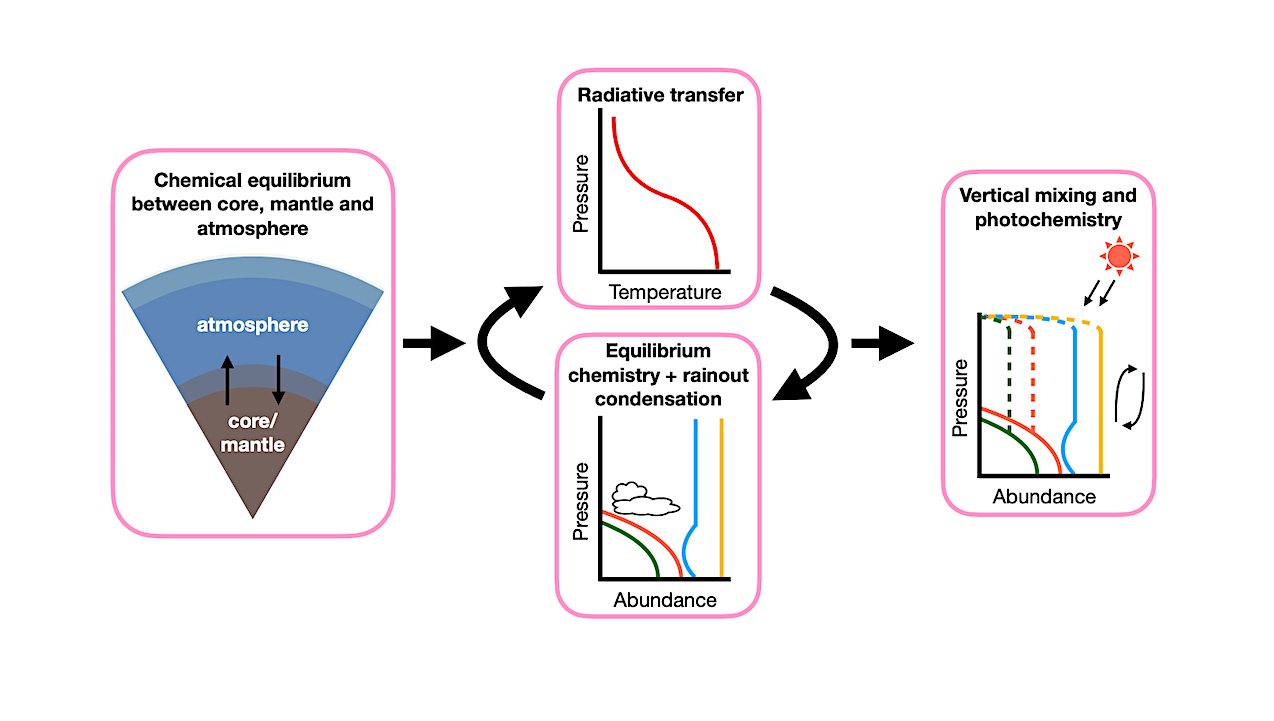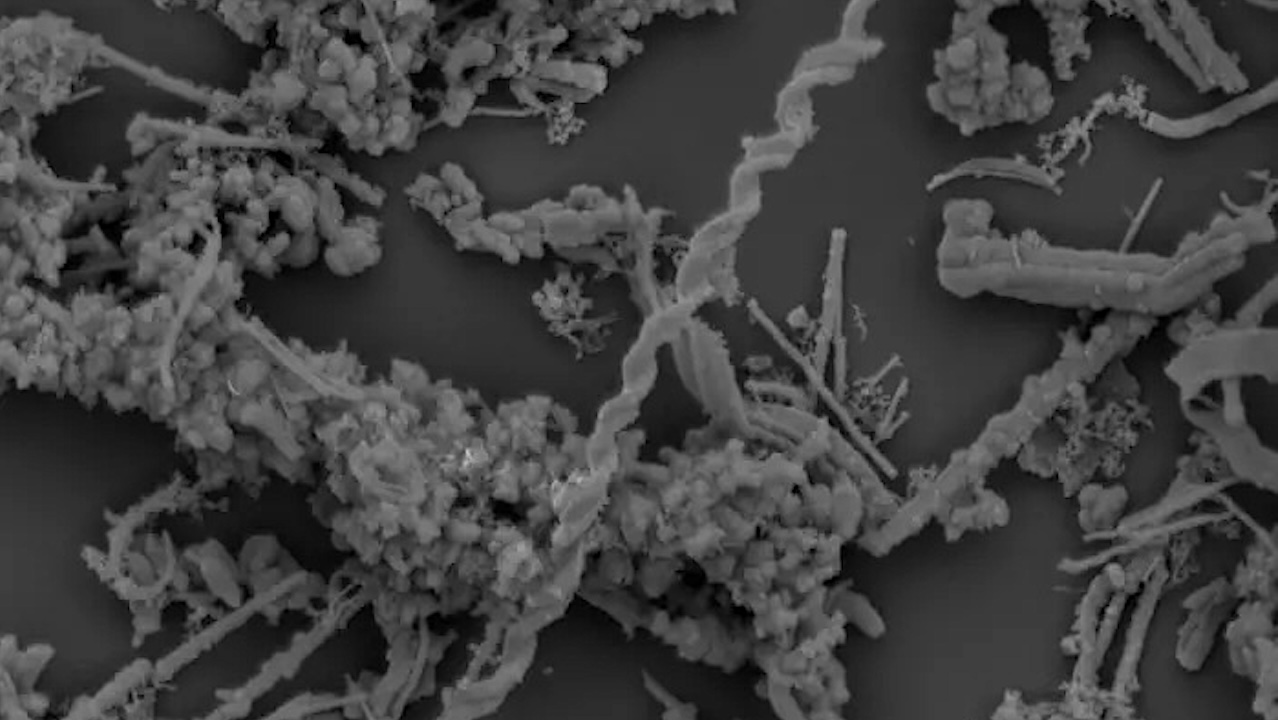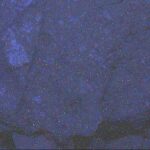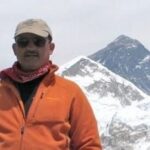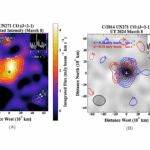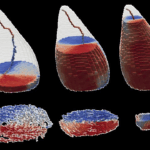Today’s ESA/Hubble Picture of the Week features a galaxy that Hubble has captured multiple times over more than 20 years. The galaxy is called NGC 3370, and it is a spiral galaxy located nearly
Hot Posts767- Page
Technicians with the European Space Agency and Airbus/Airbus Netherlands are shown performing an illumination test on one of the solar array wing panels during installation on the Orion spacecraft for
Mars is a planet of mystery! Its surface today is cold and dry, yet evidence suggests it was once home to flowing water. Most of the planet’s remaining ice sits
The search for traces of life can be based on the detection of specific signatures produced by microorganisms on sedimentary rocks. Microbially induced sedimentary structures (MISSs) develop under specific physicochemical
Overlap of planned initial sample characterization activities for curation and the SSAF test-sequence. Graph modified from Tait et al. (2022). The Committee on Space Research (COSPAR) Sample Safety Assessment Framework
Scanning electron microscopy images showing representative regions of desiccated salt samples. Top row: Flash frozen; bottom row: slow frozen. (a) NaCl flash frozen, (d) NaCl slow frozen; (b) Na2SO4 flash
Humanity has a new tool in the fight against space junk — “Space Armor™,” a multi-functional composite that could protect both spacecraft and astronauts. Space Armor is made via a
A new dataset from the Green Bank Telescope (GBT) is now publicly available, opening the door for scientists worldwide to make discoveries in one of the richest molecular clouds in
Schematic of the modeling framework used in this study. Chemical equilibrium between the core, mantle and atmosphere is calculated using the model from H. E. Schlichting & E. D. Young
A scanning electron microscopy image of microbe samples taken from the vents. CREDIT Sharifah Altalhi A new study led by King Abdullah University of Science and Technology (KAUST; Saudi Arabia)
-
 012024 in Review: Highlights from NASA in Silicon Valley
012024 in Review: Highlights from NASA in Silicon Valley -
 02Panasonic Leica Summilux DG 15mm f/1.7 ASPH review
02Panasonic Leica Summilux DG 15mm f/1.7 ASPH review -
 03How New NASA, India Earth Satellite NISAR Will See Earth
03How New NASA, India Earth Satellite NISAR Will See Earth -
 04And Thus Begins A New Year For Life On Earth
04And Thus Begins A New Year For Life On Earth -
 05Astronomy Activation Ambassadors: A New Era
05Astronomy Activation Ambassadors: A New Era -
06SpaceX launch surge helps set new global launch record in 2024
-
 07Space Force plans new ‘Futures Command’ amid pressure to speed up modernization
07Space Force plans new ‘Futures Command’ amid pressure to speed up modernization


